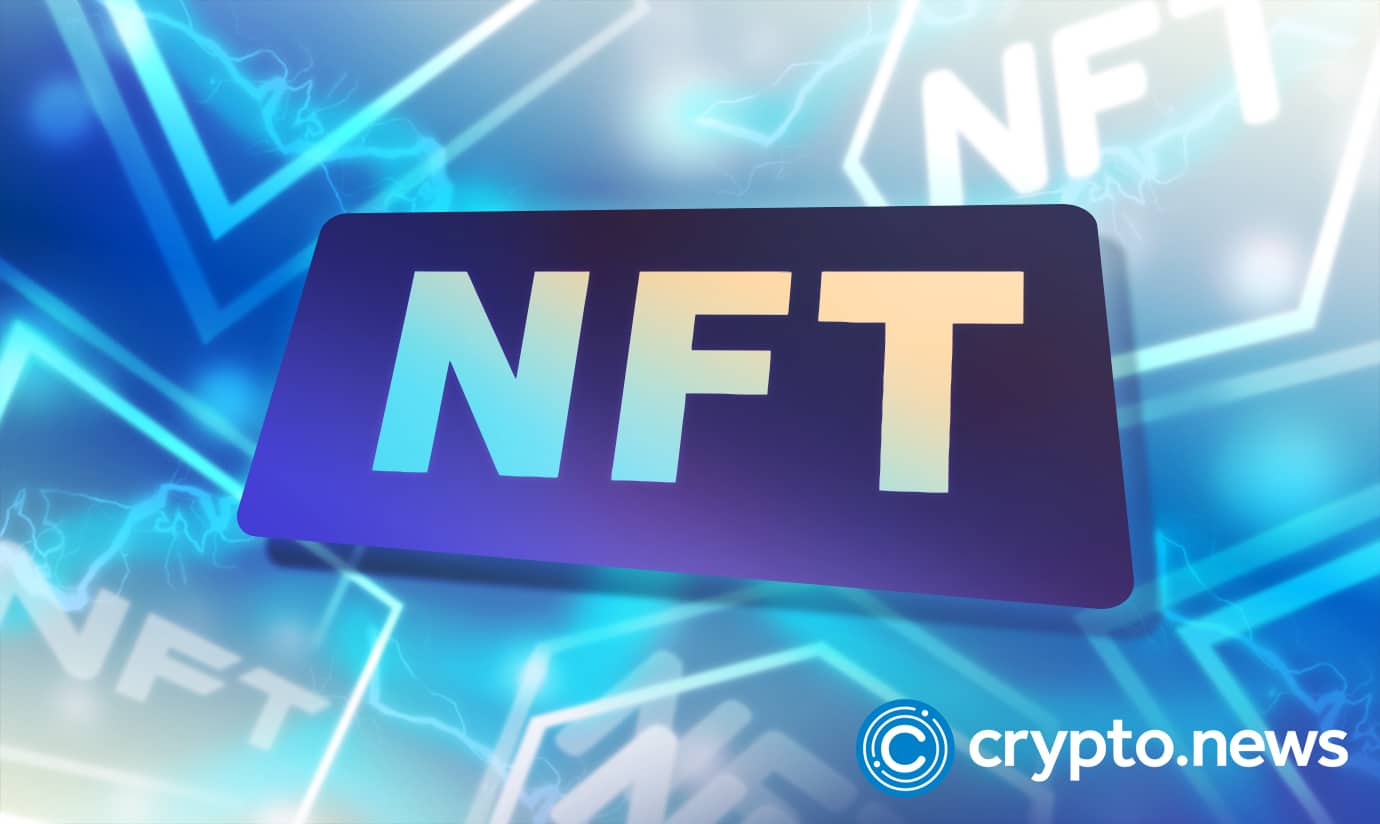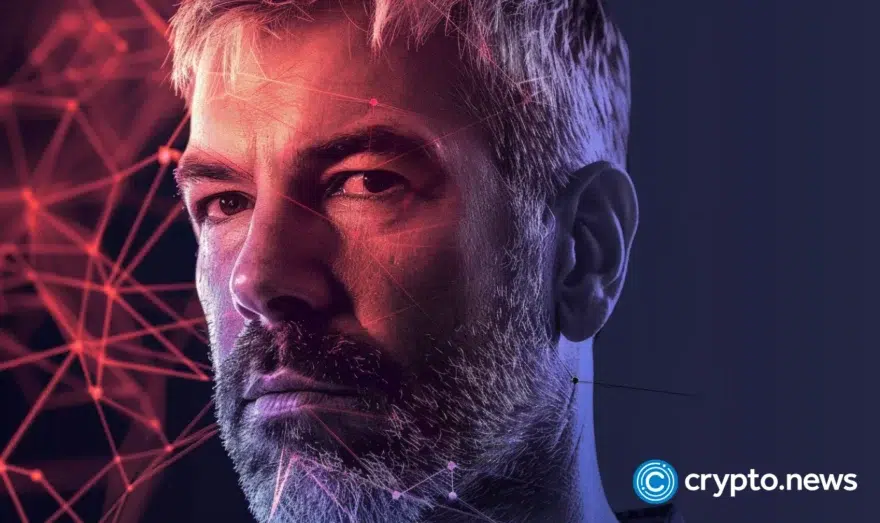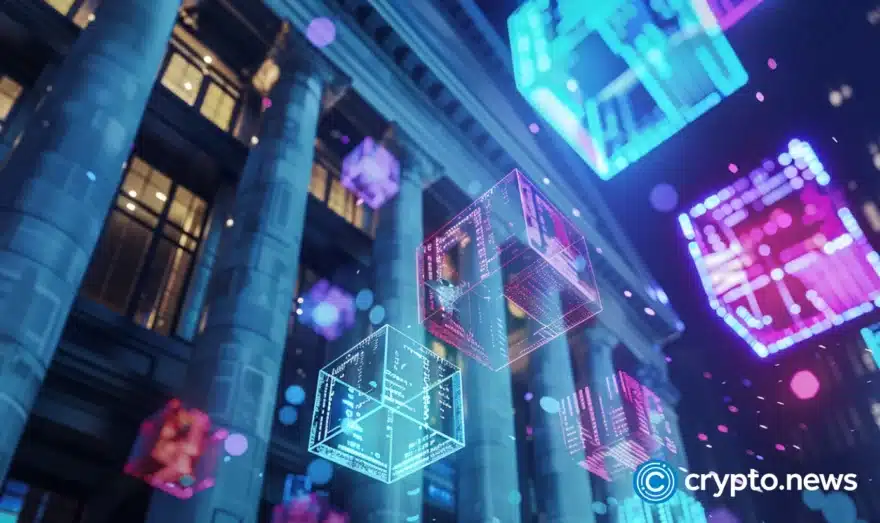Ordinals protocol sparks discussion amid bitcoin NFT launch

The bitcoin community is split on whether non-fungible “digital artifacts” similar to tokens are a good fit for the cryptocurrency’s ecosystem. The software programmer Casey Rodarmor is responsible for creating the protocol known as Ordinals. He also formally debuted the program on the bitcoin mainnet after writing a blog post on Jan. 21.
The unveiling of the protocol has caused discord within the bitcoin (BTC) community. While some claim that it expands the financial applications of bitcoin, others argue that it moves bitcoin further from Satoshi Nakamoto’s original vision of the cryptocurrency as a decentralized peer-to-peer cash system.
On the bitcoin network, NFTs are referred to as “digital artifacts,” and the protocol effectively enables the creation of bitcoin’s version of them. These “digital artifacts” might be in the shape of JPEG photographs, PDF documents, or even audio or video formats.
According to the paper, the inscriptions are carried out on the bitcoin mainnet and do not need a sidechain or a distinct cryptocurrency.
According to the information provided on the Ordinals website, 277 digital artifacts have been inscribed thus far.
Interestingly, Rodarmor revealed in an interview on the Hell Money Podcast on Aug. 25 that Ordinals was designed to make memes a reality on bitcoin.
One community member thinks the idea is okay
Dan Held, a bitcoin bull, was one among many who supported the idea. He pointed out that it would boost demand for block space and costs while adding additional use cases to bitcoin.
Eric Wall, a researcher in the field of cryptocurrencies, was also of this opinion and said that bitcoin’s built-in block size restriction would prevent an increase in transaction costs. However, most of the community did not sit well with this development.
The protocol hits heavy opposition
Some people have pointed out that the block space on the bitcoin network has been taken up by structures similar to NFTs, which might cause transaction costs to increase.
A person on Twitter with the handle Bitcoin is Saving is one such individual. On Jan. 29, they claimed to their 237,600 followers that “privileged affluent whites” who wish to utilize JPEGs as status symbols may restrict marginalized people from participating in the bitcoin network.
Others, such as Adam Back, CEO of Blockstream and a fundamental developer for bitcoin, were also unhappy with the meme culture introduced to bitcoin and suggested that developers take the “stupidity” elsewhere.
On the other hand, ethereum bull Anthony Sassano, also the presenter of The Daily Gwei, recently took a jab at the CEO of Blockstream for wanting “undesirable” transactions to be filtered, which many people think goes against the spirit of bitcoin.
Rodarmor discussed the creation of the NFT-like structures in a post he made on his blog. He said these structures are made by imprinting satoshis, the native currency of the bitcoin network, with arbitrary information.
According to Ordinal’s technical documentation notes, these inscribed satoshis, represented cryptographically by a string of integers, may subsequently be safeguarded or transferred to other Bitcoin addresses.















